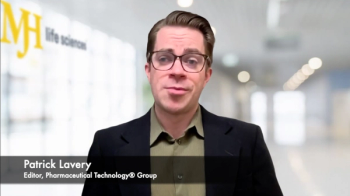
10 new orphan products a year between 2009 and 2019
The European Organisation for Rare Diseases (EURORDIS) has predicted that 100 new designated orphan products will receive marketing authorization between 2009 and 2019, which equates to approximately 10 new products every year.
The European Organisation for Rare Diseases (EURORDIS) has predicted that 100 new designated orphan products will receive marketing authorization between 2009 and 2019, which equates to approximately 10 new products every year. The forecast comes from a paper —
In a EURORDIS
The cost of these products will vary depending on the nature and conditions necessary for their manufacture, and although the cost will increase with the rarity of the indication, this is not proportionate, according to the paper. This is because of several reasons:
- Orphan drugs are not effective in all patients.
- The frequency of the treatment is nearly always less than the known prevalence of the disease.
- Access to diagnostic facilities and specialized centres is difficult for many patients requiring treatments, making the number of patients with real access to treatment even lower than the prevalence of the rare disease in question.
The paper also adds that there is a need to change ideas concerning the cost of orphan drugs to society. The current costs to national healthcare systems primarily come from two product families: Novartis's Glivec and enzyme replacement therapy. The remainder of orphan drugs represent less than 1% of national healthcare costs.
According to Faurisson, the paper points out that the cost of not having an orphan drug should also be taken into consideration when assessing public health expenditure. He said: "The overall cost of treating complications and frequent hospitalizations, together with the cost to society of the limitations in activity of non-treated patients due to serious, chronic and disabling diseases, should be thrown into the equation in order to have a more realistic view of the burden of orphan drugs on public health budgets."
To read a related blog about the EMEA's efforts to improve public information access across Europe,
Newsletter
Get the essential updates shaping the future of pharma manufacturing and compliance—subscribe today to Pharmaceutical Technology and never miss a breakthrough.




